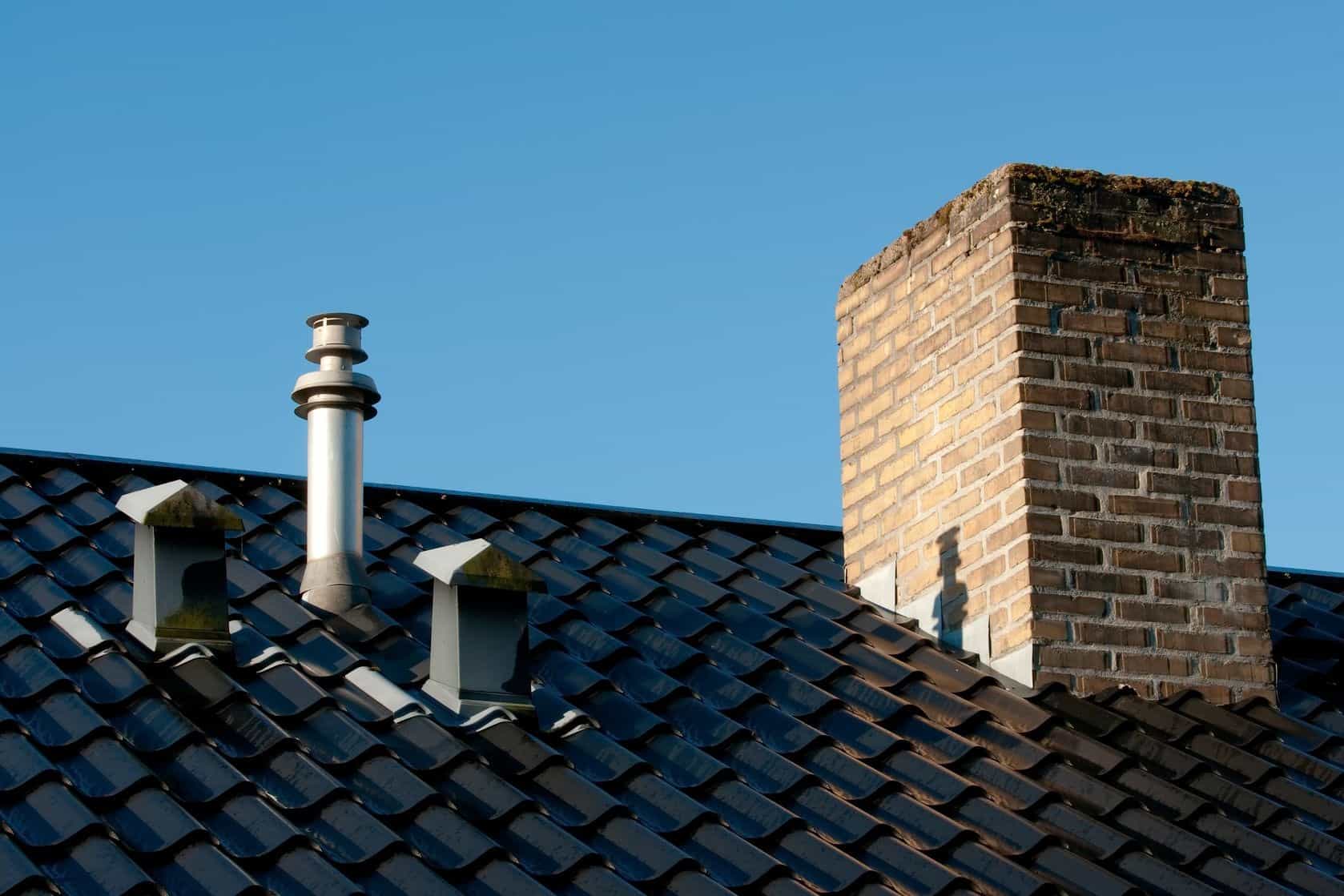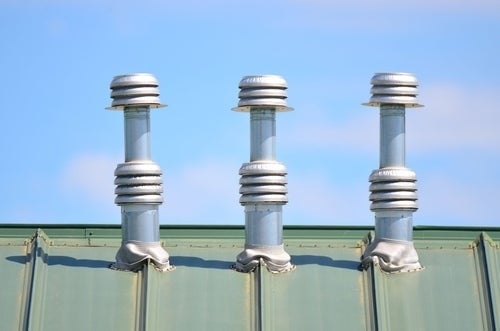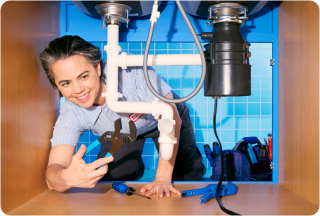Most homeowners will encounter a plumbing issue now and then, but diagnosing the problem involves more than just checking the water pipes. Plumbing vents can also become clogged or damaged, causing stoppages and a host of other issues. Understanding this sensitive part of your plumbing system is important to keep the drains flowing smoothly in your home.
American Home Shield® is here to answer some of the most common questions homeowners ask about plumbing vents and to remind you that a home warranty can help protect your plumbing system from unexpected breakdowns, providing peace of mind when issues arise.
What Exactly Is a Plumbing Vent?
Your home’s plumbing system is designed to remove water and waste efficiently. Its drainage and vent functions are two systems that work together.
- Drainage pipes carry waste out of your home either to the city sewer or a septic tank.
- Plumbing vent pipes supply fresh air to each plumbing fixture in the house, which helps the system move water through the drainage pipes each time a toilet is flushed or a sink is drained. The plumbing vent helps regulate the air pressure in your plumbing system.
- Just as drainpipes remove water and waste from your home, the plumbing vent pipe—also known as a plumbing air vent—prevents sewer gases from entering the home and allows wastewater gases and odors to escape through the plumbing vent stack on the roof of your home.
Why Does My Home Need Plumbing Vents?
The drain-waste-vent pipe system moves wastewater out of the home. When working correctly, it moves wastewater smoothly without causing any strange noises, smells, or stagnant water. Plumbing roof vents are necessary because they create an air passageway that safely carries odors out of the house.
Where is My Plumbing Vent Pipe?
In the walls, vent pipes run straight up and down and should be located near the kitchen and bathrooms. Note where the pipe enters from the ceiling. If you have a two-story home, go upstairs to locate the pipe. You can verify whether a pipe is a vent pipe by listening as someone flushes the toilet. If the pipe amplifies the flushing sound, it’s likely the vent pipe.
To find the plumbing vent on the roof, look for a pipe extending about six inches from the roof.







